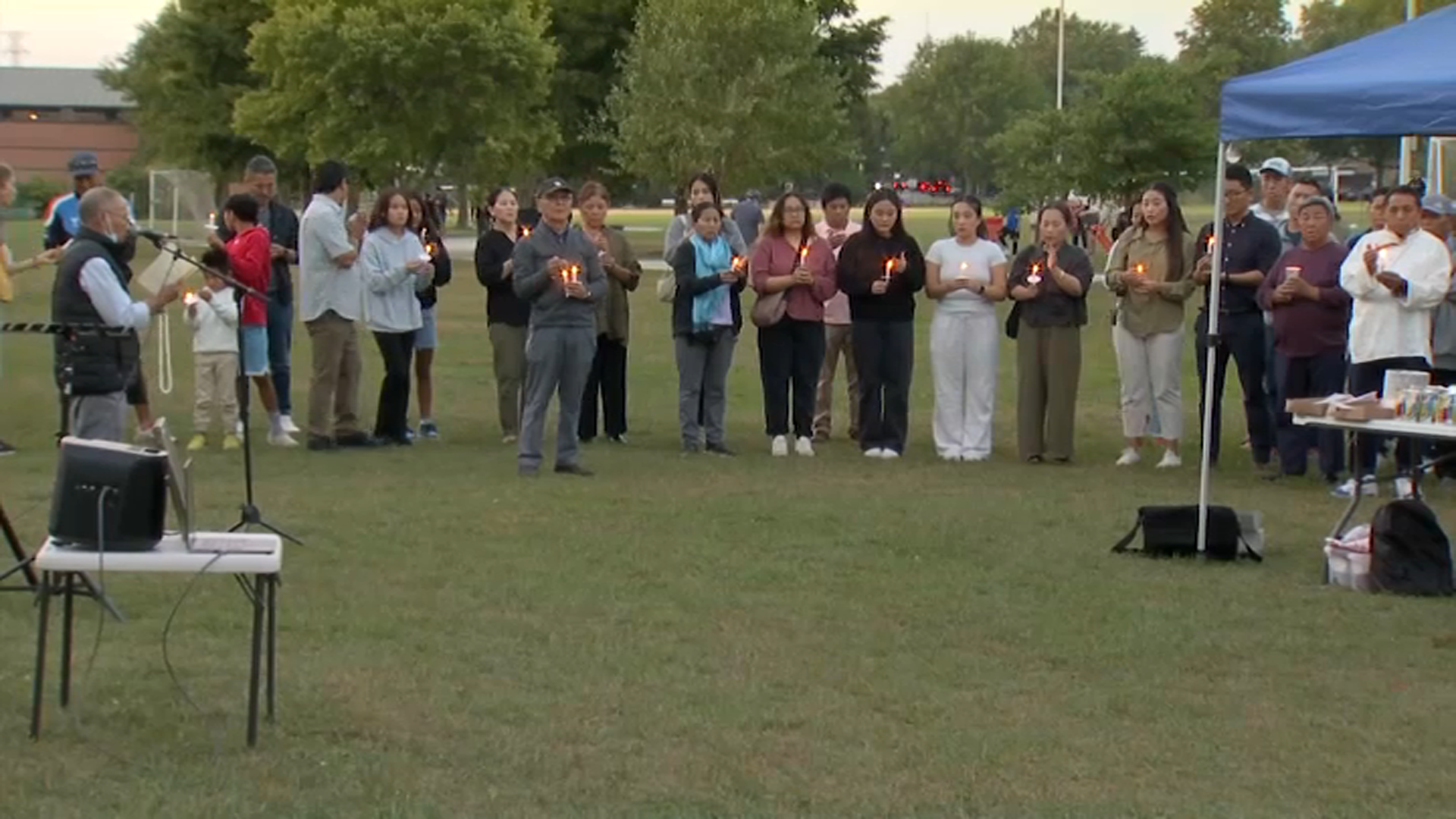The National Weather Service’s Climate Prediction Center has released updated guidance on the possibility of a La Niña weather pattern emerging later this year, and it could have impacts on the fall and winter weather that Chicago experiences.
The CPC released its latest guidance on Thursday, and while it pushed the timeline back on the emergence of a La Niña pattern, there is still a good possibility that it could occur later this year.
La Niña is now favored to emerge in the fall, with a 66% chance of it doing so, and to persist into the winter, with a 74% chance of those conditions between November and January.
Neutral conditions are expected to continue for several months, as surface temperatures on the Pacific Ocean have cooled more slowly than previously anticipated.
Below-average subsurface temperatures and low-level easterly wind anomalies remain conducive to La Niña development as winter approaches, according to the CPC guidance.
If that takes place, what could the potential impacts be both for the Northern Hemisphere and for the Chicago area specifically? Here’s what to know.
What is a La Niña pattern?
Local
According to researchers at the University of Illinois, La Niña patterns occur when sea-surface temperatures along the equator in the Pacific Ocean are unusually cold. That is in direct contrast to the abnormally warm temperatures that occur during an El Niño pattern.
As a result, trade winds grow in strength according to NOAA, pushing warmer water toward Asia. When that warmer water heads west, cooler water rises to the surface near the west coast of the Americas.
Feeling out of the loop? We'll catch you up on the Chicago news you need to know. Sign up for the weekly Chicago Catch-Up newsletter.
Those cooler waters help to push the jet stream northward, pounding the western United States with rain. Areas of the southern United States generally experience less precipitation than normal during La Niña patterns because of the movement of the jet stream.
Typically these patterns emerge after the end of an El Niño pattern, which came to an end earlier this year.
How does La Niña impact Illinois?
According to researchers at the University of Illinois, a La Niña pattern has different impacts depending on the time of year that it arrives. During the summer months, temperatures tend to be warmer, and the Chicago area tends to get less precipitation than usual.
Since the pattern isn't likely at this point to emerge during the summer, the focus on impacts switches to the fall, when that summery trend reverses itself, with cooler-than-normal temperatures and more rain than normal, according to researchers.
The winter is generally warmer during La Niña events, but Illinois and the upper Midwest are also more prone to lengthy cold snaps and heavy snowstorms according to researchers.
A word of caution
Just because a La Niña pattern has historically caused patterns does not mean it will continue to do so in the future. Everything hinges on just how strong the pattern ends up being, as a weaker La Niña won’t have nearly the same impact as a strong one, according to U of I researchers.



